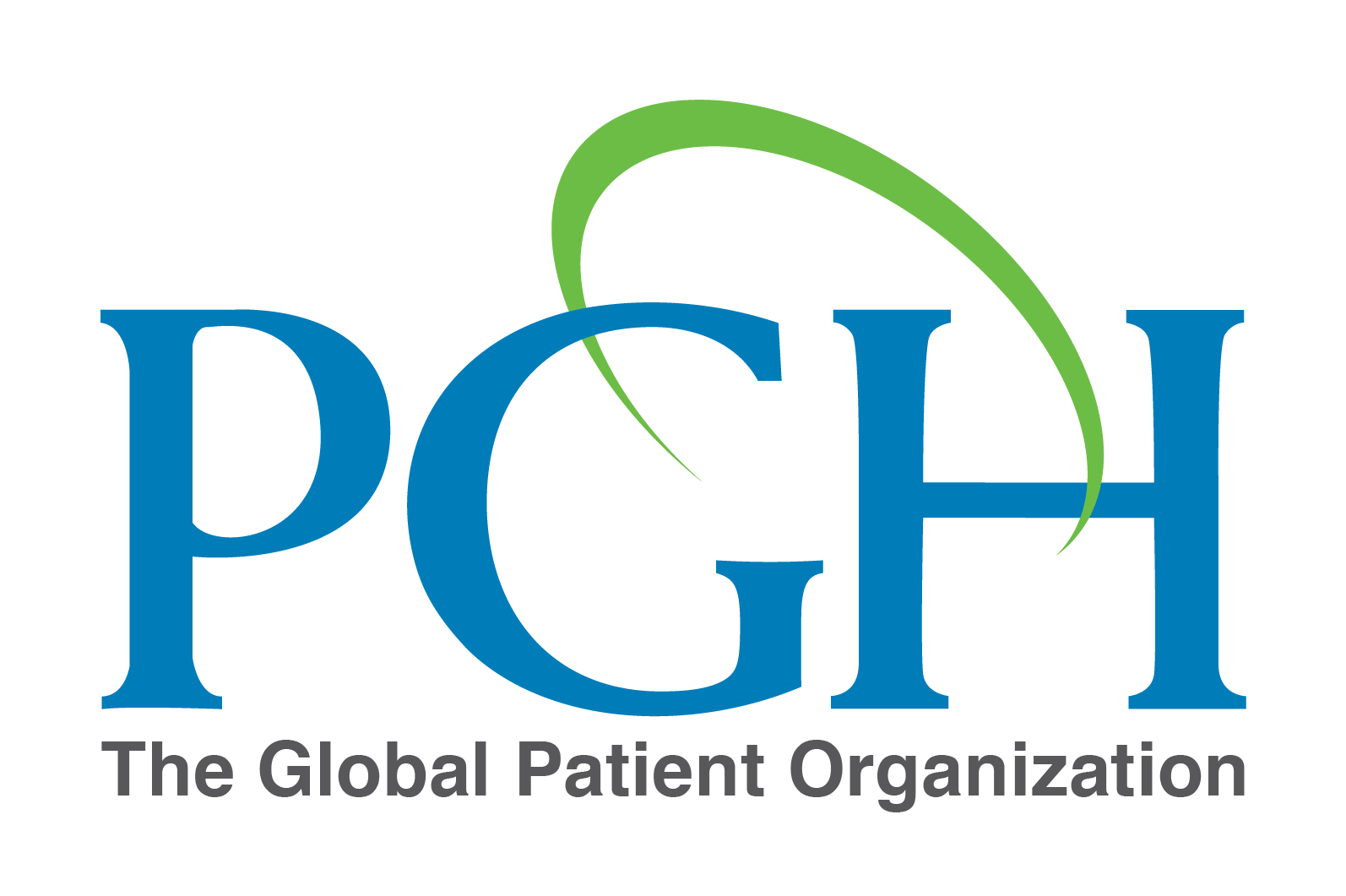October is breast cancer awareness month
2021/10/22
Awareness is just the start, understanding is the key.

Breast cancer awareness month started back in 1985 as a partnership between the American cancer society and Imperial Chemical Industries, a pharmaceutical company responsible for producing breast cancer drugs. It is now a globally recognized campaign that aims to heighten awareness of breast cancer, raise funds for research, celebrate those who have survived, and commemorate those who have been lost to this awful disease.
Whilst many of us are familiar with the pink ribbon and “wear it pink” campaigns, what does breast cancer awareness actually mean, and why is it so important?
Breast cancer is the world’s most prevalent cancer: in 2020, there were 2.3 million women diagnosed with breast cancer and 685 000 deaths globally. At the end of the year there were 7.8 million women alive who had been diagnosed with breast cancer in the past 5 years.
Men too can suffer from breast cancer, although the numbers are lower.
Treatment efficacy and survival is high when detected in early-stages. Regular professional health screening is important and an accurate and early diagnosis with the right treatment plan in place is critical.
Easy ways to become more aware include identifying changes in your breasts, learning how to complete regular breast checks, and knowing the risk factors. These are all key actions that can be easily undertaken.
How to be breast aware
Knowing how your own breasts look and feel is important. Talking to others about breast health, sharing experiences, and being open about the topic all help to normalize the subject and build a new generation of breast-aware women and men.
How to complete self-checks
Ideally, you should self-check your breasts once a month. It is best to do the check at the same time each month, especially for women as hormonal changes can lead to temporary changes in the breast.
Look – place your arms by your sides and look at yourself in a mirror to become familiar with the shape of your breasts and nipples. Raise your arms above your head to see what happens and take another look.
Feel – feel all around your breasts and get used to what is “normal”. Make sure you feel from the collarbone right around and underneath and also in the area of the armpit.
Learn – once you are regularly checking you will be able to identify when something changes or appears unusual.
What to look out for
There are a number of signs to look out for when self-checking:
- A new lump or lumpiness, particularly if it is only in one breast
- Changes in the shape and size of the breast
- Crusting, blistering, redness, or inversion of the nipple
- Nipple discharge that occurs without squeezing
- Redness or dimpling of the skin that is not usual
- An unusual pain that doesn’t go away
If you have any concerns about changes in the look or feel of your breasts you should seek the view of a medical professional as soon as possible.
Understanding risk factors
There are many factors that can alter the risk of developing breast cancer; some can lead to an increased risk, and others can help to reduce the risk. The main ones include:
Alcohol – the World Cancer Research Fund (WRCF) states that there is convincing evidence that alcohol contributes to the development of multiple cancers, including breast cancer. Even small amounts can be harmful. The type of alcohol you drink (wine, beer or spirits) does not make a difference. Health regulations vary from country to country, but the general rule is to minimize alcohol intake. This varies by country.
Smoking – smoking involves inhaling several chemicals that are linked to cancer, including polycyclic aromatic hydrocarbons, which are known to cause breast cancer. The best way to avoid this risk is to quit smoking.
Diet and Weight – the risk of breast cancer increases as a result of poor diet and excessive weight. What you do eat can be just as important as what you don’t eat. Avoid processed foods, foods high in saturated fat or foods high in sugars. Make sure your diet includes primarily natural and unprocessed foods, with diets high in fruit and vegetables considered beneficial in reducing the risk of breast cancer.
Cosmetics and Beauty Products – many common shampoos, face creams, shower gels, and make up contain endocrine-disrupting chemicals (EDCs), many of which do not make the products better, and there are alternatives available. The best advice is to limit the use of cosmetics and where possible avoid those that include ingredients such as Parabens, phthalates, triclosan, synthetic musks, and Formaldehyde. There are an increasing number of organic or natural cosmetics that avoid these chemicals.
Breastfeeding – research identifies that for women of child-bearing age, breastfeeding provides some protection against breast cancer: the longer you breastfeed the higher the benefit. Breastfeeding leads to an extended period of lower estrogen levels and generally encourages healthy eating, as well as avoiding alcohol and cigarettes, in order to protect the feeding baby. Both of these factors help to reduce the breast cancer risk.
This October challenge yourself to pay more attention to your breast health and think about making a small change that could have a big impact. Have a conversation with a friend about breast health, start a regular self-check, or focus on reducing your risk of breast cancer by making a lifestyle change.
Sources:
- World Health Organization
- The McGrath Foundation
- Australian Government Breast Cancer Risk Factors
- Australian Cancer Council
- IARD Drinking Guidelines
- Breast Cancer UK
